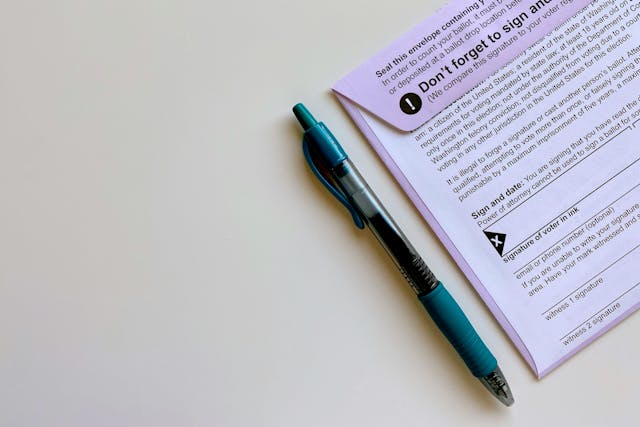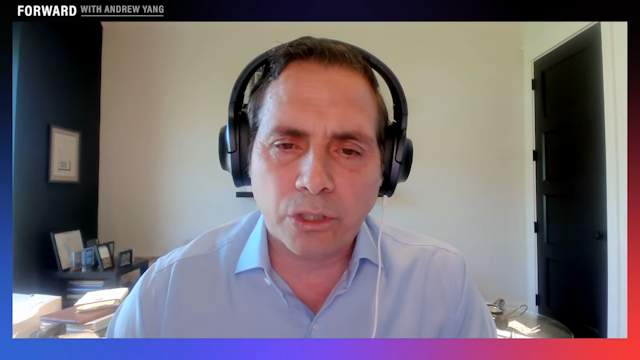Millions of CA Voters Unaware They Don't Have a Say in Presidential Primaries

Redding columnist Rocky Slaughter wrote back in February that 5,000 voters in Shasta County may not be able to vote in California's June Republican and Democratic primary elections. Additionally, many of them may not even know that they are completely barred from participating in either primary.
Slaughter writes:
This year, "no party preference," or NPP, voters can vote in the Democratic presidential primary. NPP voters are unable to vote in the Republican presidential primary. Voters registered in the Libertarian, Green, Peace and Freedom or the American Independent parties cannot vote for a Democratic or Republican presidential candidate. This brings me to my most important point. There are more than 4,000 voters registered with the American Independent Party in Shasta County. My opinion — based on phone polls and experience as a deputized registrar of voters — is that many of these voters may have been confused when they registered. Some who registered as an American Independent may have done so because they don't feel a connection with either the Democratic or Republican parties. The correct way to register as a true independent or nonpartisan voter is to tick the box that says "No, I do not want to disclose a political party preference" on your voter registration form.
In 2014, IVN reported on the voter education campaign, Don't be AIPrl_Fooled, which argued that hundreds of thousands of voters in California have registered with the American Independent Party (AIP) by mistake, likely thinking that they were registering independent or with an Independent Party.
"The American Independent Party is its own distinct political party and has a platform that is far from nonpartisan," Slaughter writes.
AIP was founded in 1967 under a segregationist platform, and maintains what many perceive as a far-right platform today. It seems unusual that over 130,000 of the party's registered voters statewide are of Latino, African-American, or Asian descent, over 60% are foreign born, and over one-third are under the age of 35 -- demographics historically not attracted to such a platform.
Further evidence presented by AIPrl_Fooled shows that in the 2012 presidential election, 88 percent of voters registered with AIP voted for another candidate than the party's nominee. This is not far from the campaign's claim that 95% of AIP's "members" may have registered with the party by accident.
Voters registered with AIP may not be aware that the only presidential primary they can vote in is the AIP primary. As a registered member of a qualifying political party, they are barred from participating in any other party primary, meaning most voters registered with the party will likely be unable to declare their candidate preference under the current system.
The elections committee of the California State Assembly is currently considering a resolution that would call on Secretary of State Alex Padilla to change this. ACR 145, written by Assemblymember Kristin Olsen and State Senator Anthony Cannella, and sponsored by the Independent Voter Project, calls on the secretary of state to include a nonpartisan "public ballot" option that lists all qualifying candidates, regardless of party.
California would continue to distribute partisan primary ballots for voters registered with a qualifying political party, but the resolution would allow for the creation of a nonpartisan “public ballot” for voters who either can’t vote because a political party bars their participation or don’t want to vote in a particular party’s primary election.



